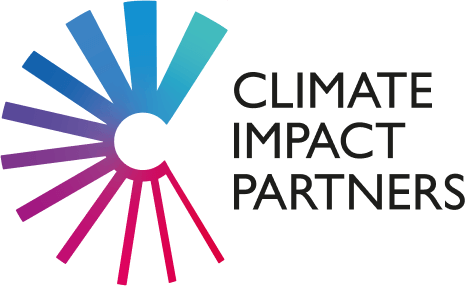The urgency to reduce greenhouse gas emissions (GHG) is undeniable, yet a significant gap exists between current pledges and the reductions needed to achieve net zero. The UN’s latest report delivered an uncomfortable truth – if we want to stay on a pathway to 1.5 degrees, we need to reduce emissions by 42% by 2030. Under current policies, they’ll rise by 3%.
Private-sector climate action is more critical than ever to plug this gap and Internal Carbon Pricing (ICP) is a powerful tool to enable this.
What is Internal Carbon Pricing?
ICP takes a tonne of CO2 equivalent and attaches a monetary cost to it. While it is not a tax, its purpose is to act as a financial signal within the company, compelling organizations to consider the hidden environmental cost of their operations and identify ways to reduce their carbon footprint.
Why do we need Internal Carbon Pricing?
A key challenge surrounding the climate crisis is that those who cause damage by emitting greenhouse gases generally do not pay - companies haven’t traditionally factored the full cost of carbon emissions into business decisions. ICP addresses this by putting a price on greenhouse gas (GHG) emissions and internalizing the social and economic costs of those emissions.
An increasing number of companies have chosen, on a voluntary basis, to implement an ICP program. While this can also be mandated at government level, the focus here is on a voluntary ICP mechanism.
How do companies set a carbon price?
Implementing ICP can be done in a variety of ways. Companies can set a fixed price per tonne of carbon emitted or a more dynamic price that fluctuates based on market conditions. The specific price chosen will depend on the company's goals and risk tolerance. Ultimately, setting an ICP strategy depends on the objectives of the organization, and this can look different for every company.
There are two key approaches companies use to set an ICP:
Shadow Price
A hypothetical cost assigned to a company's carbon emissions per tonne CO2e. This is primarily used as a strategic tool to inform decision-making – no actual money is exchanged internally. Benefits include:
- Helping to assess the potential costs and benefits of different emissions reduction strategies.
- Identifying areas within the company with high emissions, prompting a focus on mitigation strategies.
- Preparing the company for potential future carbon pricing regulations.
Carbon Fee
A set price per unit of carbon emissions. Acting as an internal tax, the company charges itself for its emissions, creating a dedicated pool of funds. Benefits include:
- Combining the strategic benefits of a shadow price with a financial incentive for reducing emissions.
- Encouraging departments to be more accountable for their carbon footprint.
- Generating revenue that can be used for internal decarbonization projects (e.g., renewable energy purchases) and external carbon projects.
How does Internal Carbon Pricing tackle the emissions gap?
ICP plays a crucial role in addressing the emissions gap in two key ways:
- Hitting the High-Emitting Practices: By putting a price on carbon, companies gain a clearer picture of their full emissions profile. This allows them to identify and prioritize tackling high-emitting activities within their operations. As an example, a manufacturing company might discover that a specific production line is a major contributor to its carbon footprint. ICP incentivizes the exploration of cleaner technologies or operational changes to reduce emissions from that source.
- Funding Internal and External Decarbonization: By charging assets and business units a set price for their emissions, the revenue generated from ICP creates a dedicated pool of funds within the company. These funds can be used for internal decarbonization efforts such as investing in energy efficiency upgrades, renewable energy sources, or carbon capture technologies. Additionally, the funds can also be directed towards external emission reduction projects to offset residual emissions and meet climate targets.
Marginal abatement cost (MAC) is an important factor here. Some internal emission reductions will be cheaper and easier to implement, while others may require significant investment over the longer term. ICP allows companies to strategically allocate resources for both internal efforts and verified external emission reductions.
The funds generated can be used to address internal emissions reductions up to the point the MAC becomes too high. Beyond that point, it can be more efficient to invest the remaining funds in high-quality external carbon reduction projects – particularly those that deliver positive impacts for biodiversity, communities, and households’ health and livelihoods, alongside the climate benefits. This means companies can ensure they are achieving the most impact for their budget.
Funding a Sustainable Future
The fight against the climate crisis demands innovative solutions. Internal carbon pricing offers a powerful tool for businesses to bridge the emissions gap. By putting a price on carbon, companies gain valuable insights into their emissions profile, prioritize reductions, and create a dedicated funding source for internal and external decarbonization efforts.
Projects around the world need funding to remove, reduce, and avoid emissions, and ICP can provide the resources while simultaneously driving internal emission cuts. By adopting ICP, businesses can demonstrate their commitment to a sustainable future and contribute meaningfully to achieving net zero.











